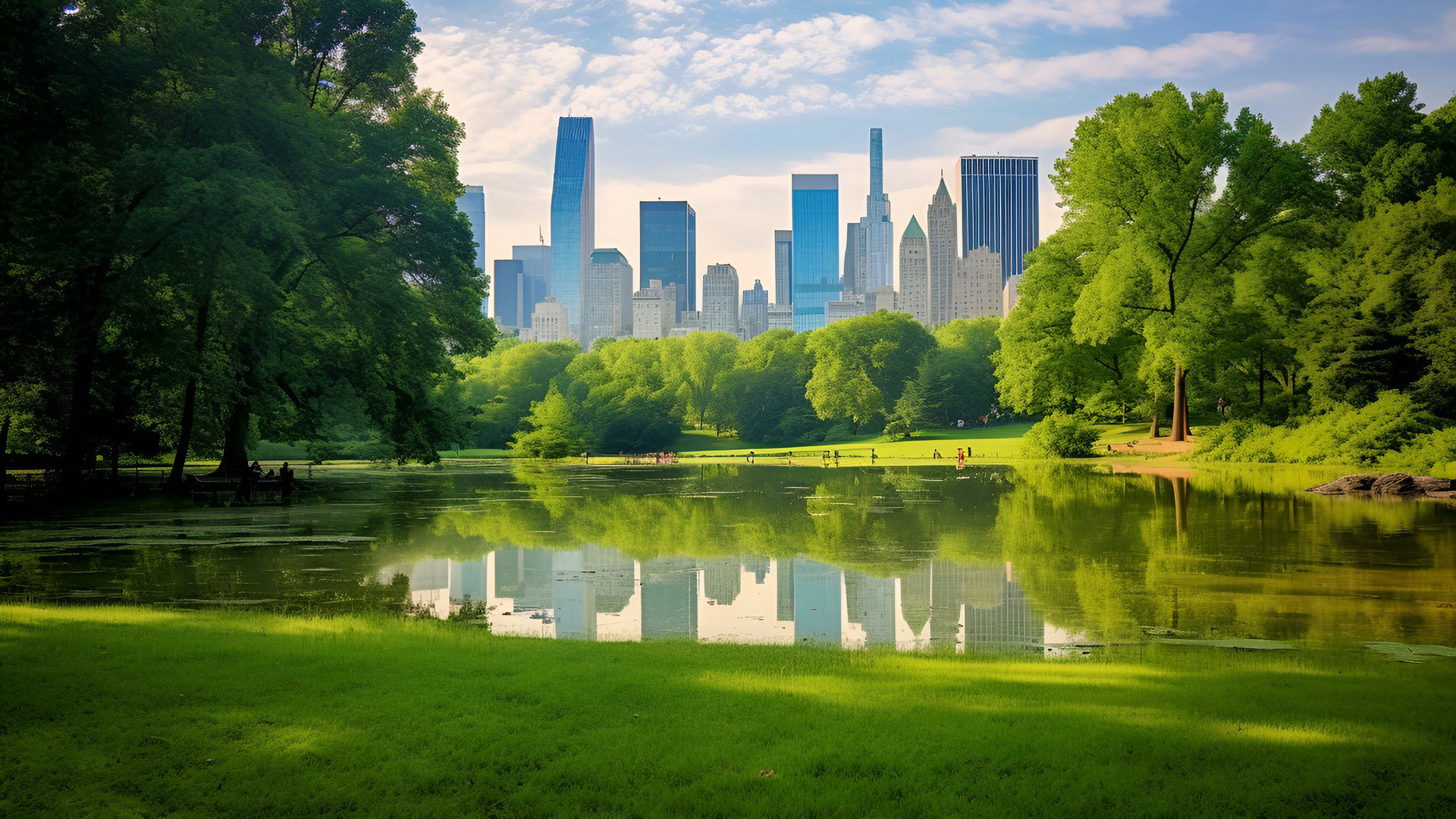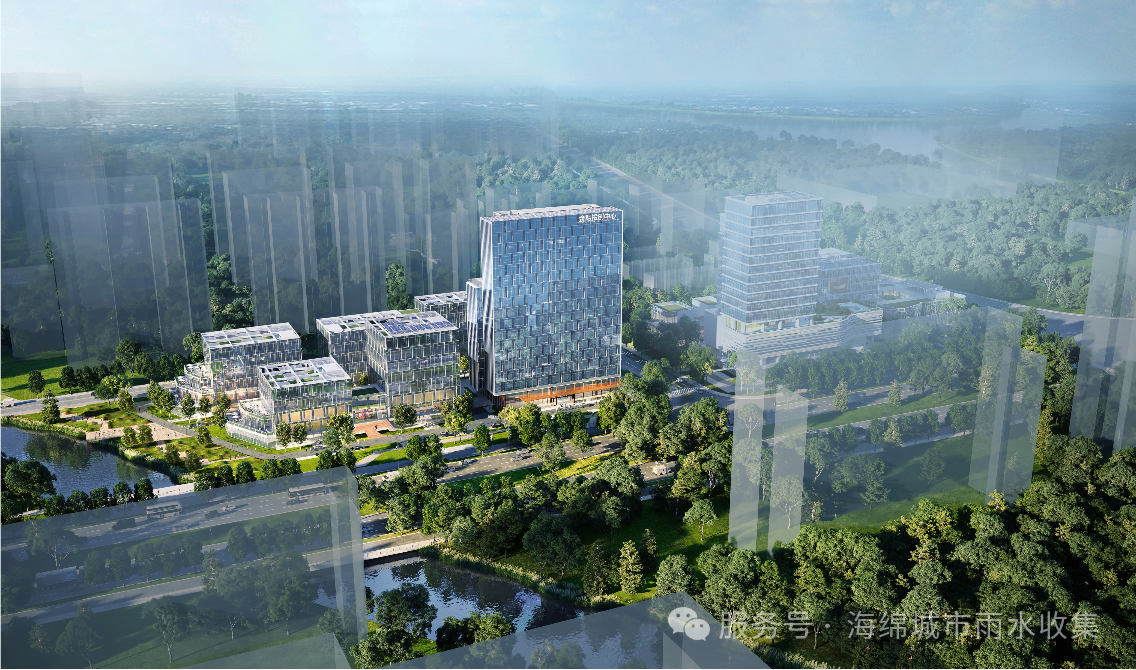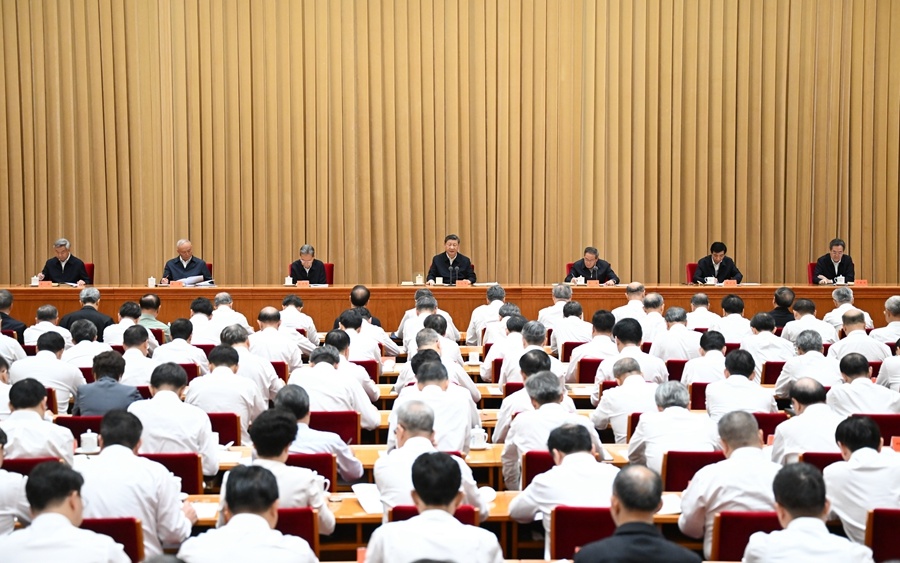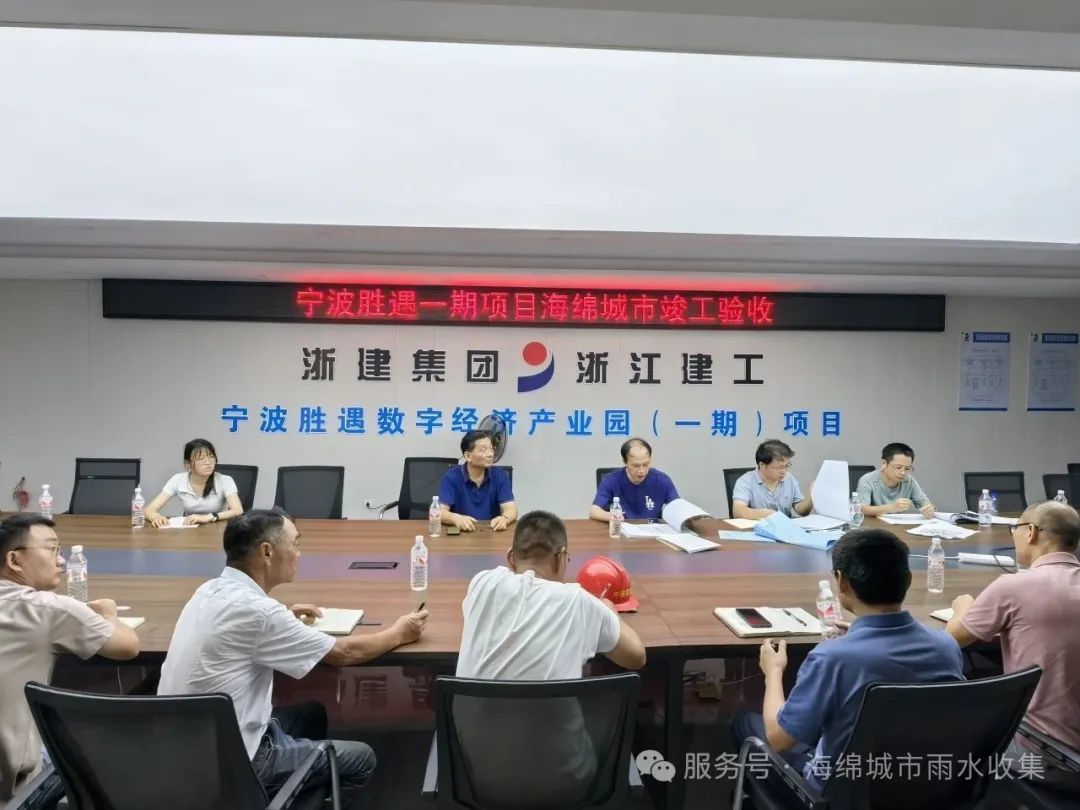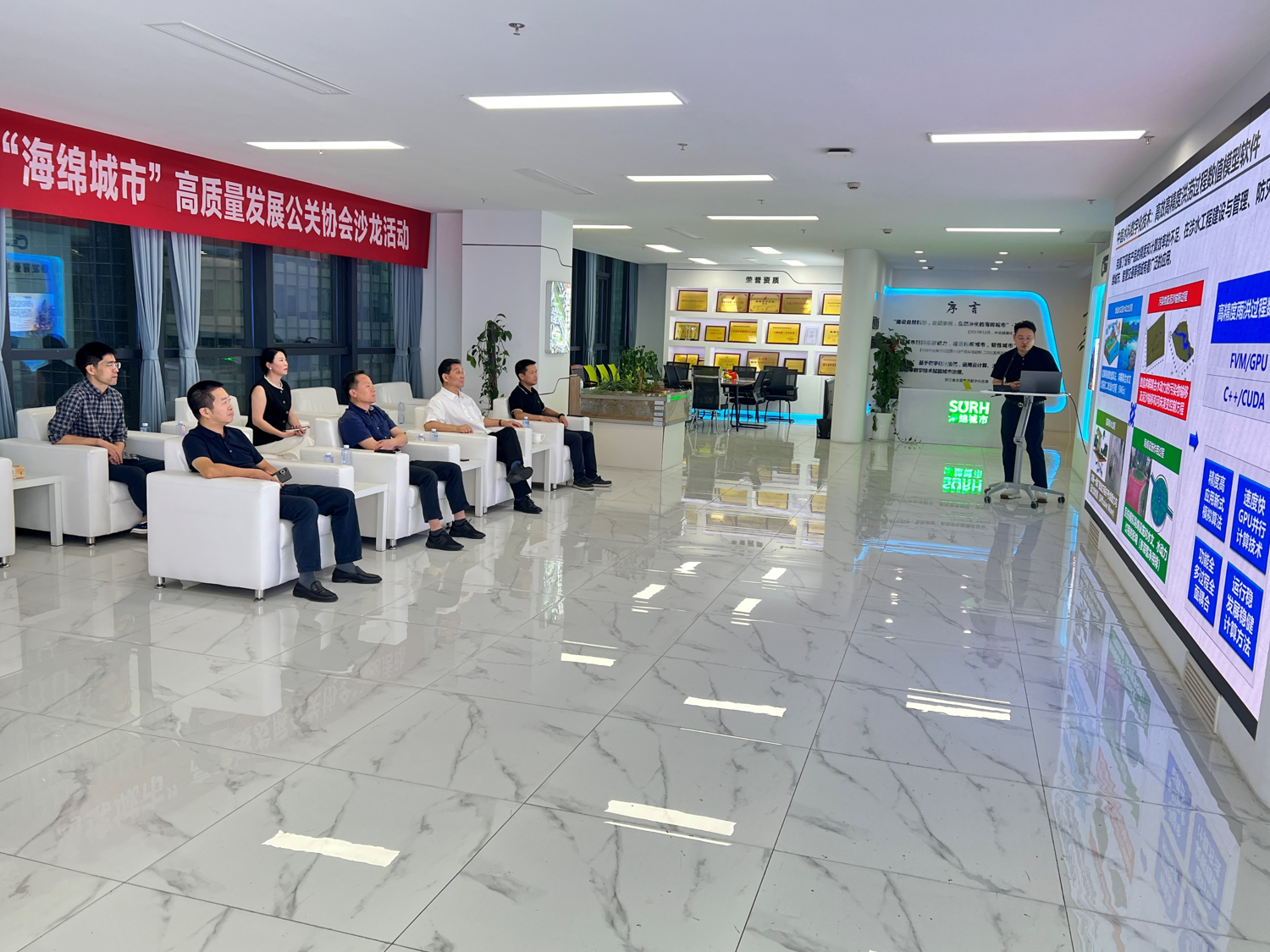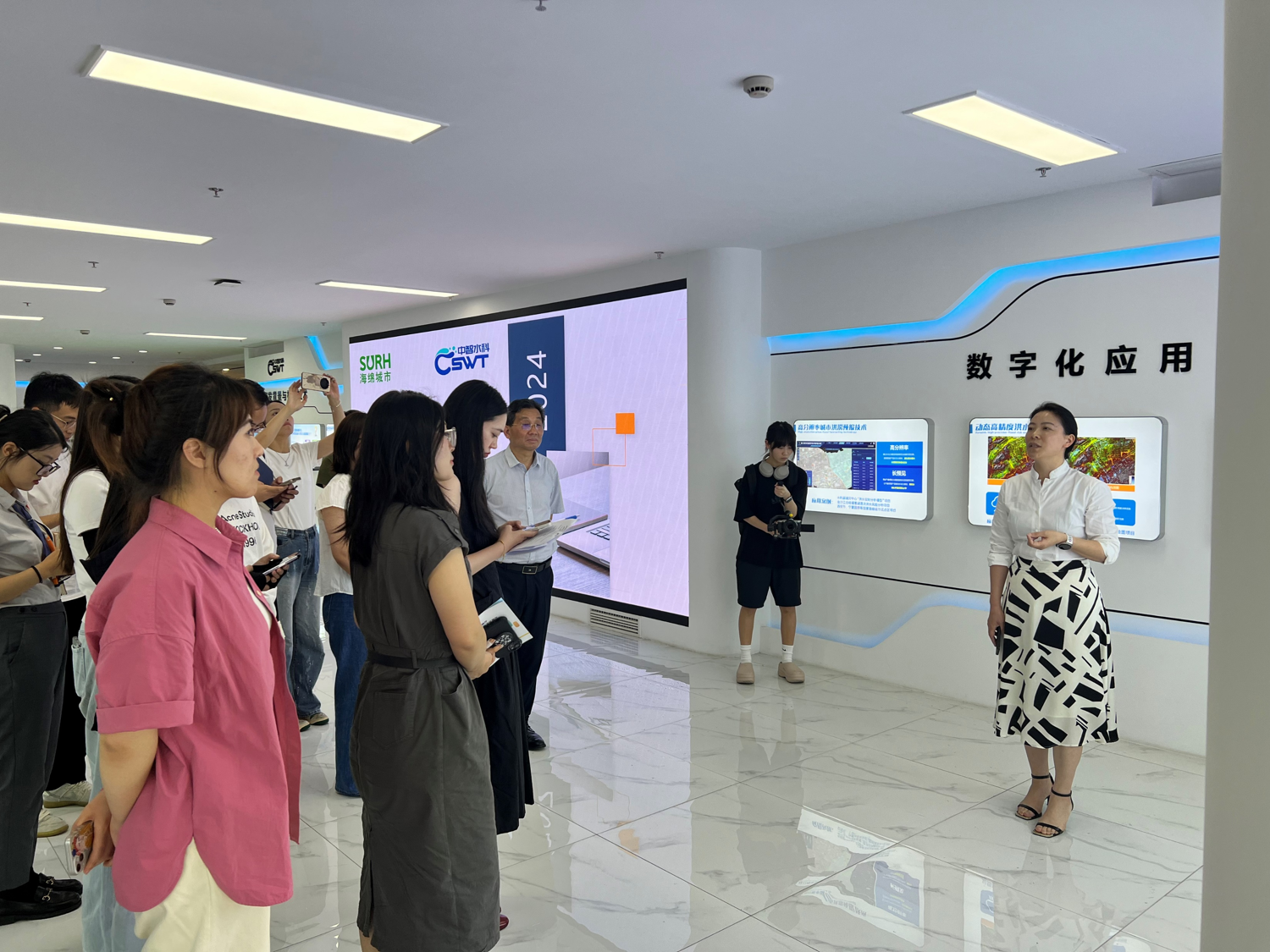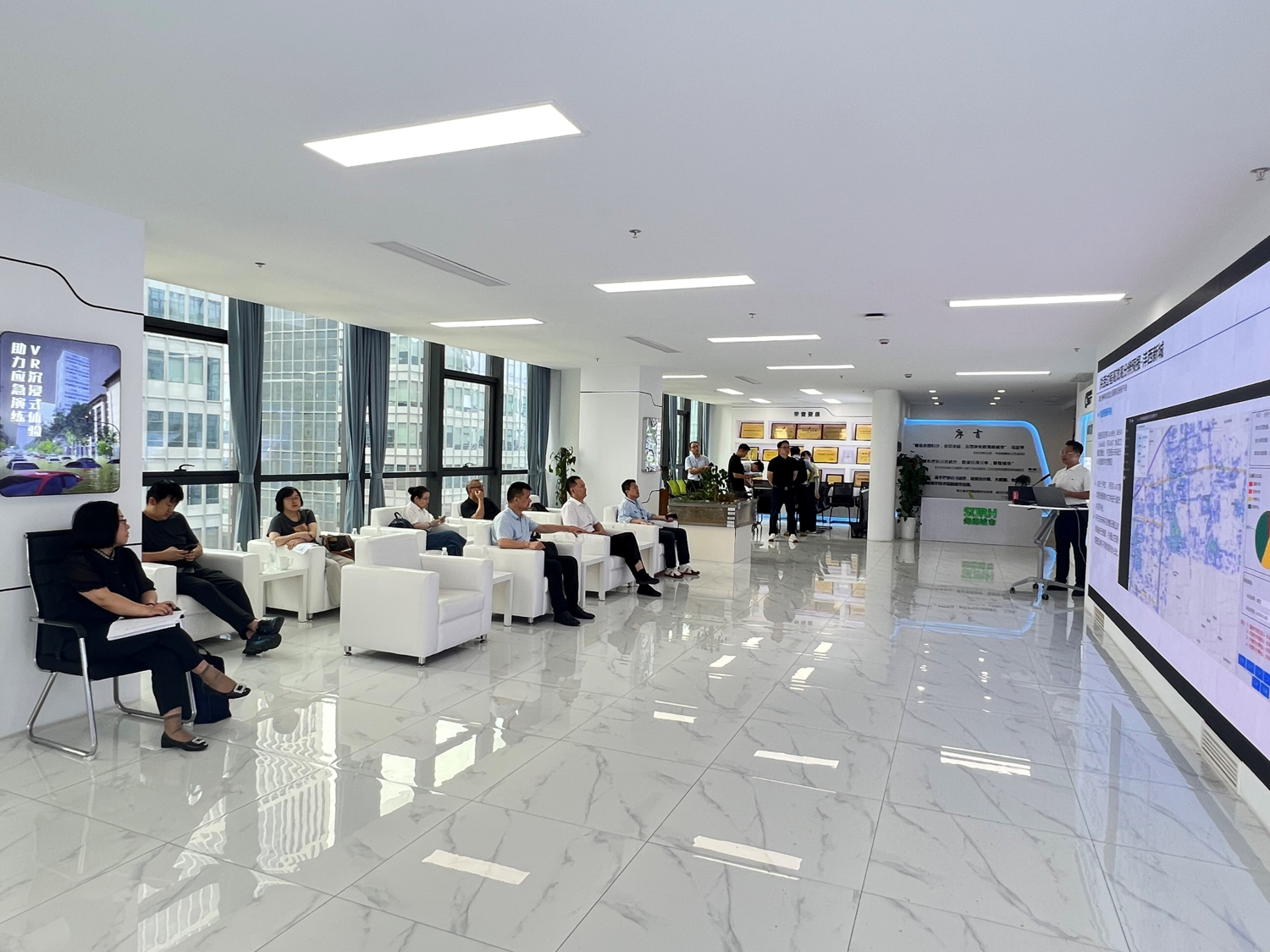18
25-07
Drawing a New Picture of Urban Development with High Quality: A Summary of Gansu Province's In-depth Promotion of Urban Renewal Action
Painting a New Picture of Urban Development with High Quality: A Comprehensive Review of Gansu Province's In-depth Promotion of Urban Renewal Actions
In recent years, Gansu Province has seen many highlights in urban development, from the improvement of the ecological environment to the enhancement of urban functions and quality, from the enhancement of governance effectiveness to the increase of people's well-being.
The popularization rate of urban public water supply in the province reached 99.67%, the popularization rate of gas reached 97.98%, the treatment rate of domestic sewage reached 98.89%, the green area rate of urban built-up areas reached 33.59%, and the per capita park green area reached 15.39 square meters, all of which have been significantly improved compared with 2015, and some indicators exceed the national average level.
The province's urban work adheres to the people-centered approach, implements the urban renewal action in depth, and promotes the construction of innovative, livable, beautiful, resilient, civilized, and smart modern people's cities in a coordinated manner, and continues to promote high-quality urban development.
Building a 'Livable Quality' to Make Cities More Comfortable and Convenient
As an important carrier of high-quality development in the new era, 'good housing' is not only the material basis for urban and rural residents to live and work in peace and contentment, but also the core element to improve urban quality and promote social harmony.
The Provincial Department of Housing and Urban-Rural Development has formulated and promulgated the construction standards for 'good houses', adhering to the use of 'good design' to ensure that every square meter can be used to its full potential and value for money; adhering to the use of 'good materials' to continuously improve the thermal insulation, heat insulation, waterproof, environmental protection and other properties of building materials; adhering to the use of 'good construction' to strengthen technological empowerment and promote green construction, intelligent construction and other new construction methods; adhering to the use of 'good service' to make great efforts to improve the level of property services; Adhere to the use of 'good management' to establish and improve the long-term mechanism for the management of the life cycle of houses.
All parts of the province put 'human livability' in the first place in urban work, new houses should be built into good houses, and old houses should also be renovated to become safe and comfortable. All localities focus on the corridor revolution, the environmental revolution, and the management revolution, and continue to promote the renovation of old residential areas.
Up to now, the province has started the renovation of 6,933 old residential areas, combined with the renovation of old residential areas, updated 6,400 kilometers of various pipelines such as water, gas and heat, the area of building energy-saving renovation is 23.7 million square meters, 1,396 community service facilities and convenience service outlets have been added, 68,500 parking spaces and 15,500 charging piles have been added, and 3,985 elevators have been installed in old residential buildings...
The 'good' is not only reflected in the 'hardware' that can be touched, but also in the 'software' such as good management, service and community atmosphere.
From the 4 yuan elderly warm breakfast to the children's theme park, from the smart repair applet to the village 'double address' reform, the Chang'anli Community in Jinchuan District, Jinchang City, takes 'one old and one young' service as the entry point, smart governance as the foundation, and urban-rural integration as the innovation point, and the pilot effect of the complete community is remarkable. Its experience and practices have been included in the third batch of 'Complete Community Case Collection' of the Ministry of Housing and Urban-Rural Development and promoted nationwide.
In 2025-2026, the province will carry out provincial-level complete community pilots in 20 communities, focusing on six major aspects: basic public service facilities, convenience commercial service facilities, municipal supporting infrastructure, public activity space, property management, and community management mechanisms to make up for shortcomings and strengthen weaknesses, and strive to build safe and healthy, well-equipped, and well-managed complete communities, so that the lives of the masses are more convenient and comfortable.
Drawing a 'Beautiful Picture' to Make Cities More Green and Low-Carbon
In the construction of beautiful cities, Gansu adheres to the concept of ecological priority and draws a green picture of urban development.
The province continues to promote ecological restoration, and has fully completed the treatment of 18 urban black and odorous water bodies, and the demonstration projects for the treatment of black and odorous water bodies in Zhangye and Pingliang have achieved remarkable results. Continue to promote the upgrading and expansion of domestic sewage treatment plants, and 88 of the 93 sewage treatment plants in cities and counties in the province have completed the first-class A upgrading and transformation. The utilization rate of reclaimed water in 6 prefecture-level water-deficient cities in the province has reached more than 24%, and Lanzhou, Jiayuguan and Qingyang have been approved as national key cities for reclaimed water utilization. The leakage rate of urban public water supply has been stably controlled within 9%, and Dingxi City has been approved as a key city for leakage management of national public water supply pipe networks.
Garbage sorting and recycling is a major difficulty in urban governance. The province adheres to the principle of adapting measures to local conditions, continuously improves the system and mechanism, improves the classification system, and carries out publicity and mobilization, and the participation of the masses continues to increase, and the concept of low-carbon is integrated into daily life. The province has built 14 domestic waste incineration facilities and 10 kitchen waste resource utilization facilities, and the harmless treatment rate of domestic waste has reached 100%, realizing the green transformation of garbage 'turning waste into treasure'.
Urban greening work has painted the background color of urban development. At present, the province has listed and protected 1,932 ancient and famous trees in cities, guarding the green treasures deposited over the years. Five cities in the province have been successfully created as national garden cities, and seven county towns have been created as national garden county towns. The province has built 554 urban parks, 691 'pocket parks' and 2,330 kilometers of greenways, and rotated and opened 321 hectares of lawns, allowing residents to see green when they open their windows and enter the park when they go out, so that citizens can share ecological well-being in the green.
Forging a 'Resilient Body' to Make Cities Safer and More Reliable
In summer, waterlogging prevention is a major challenge facing major cities. In this regard, our province has been continuously strengthening waterlogging prevention, and the city's disaster prevention capabilities have been significantly improved. The province actively promotes the construction of an urban drainage and flood control engineering system of 'source emission reduction, pipe network discharge, storage and discharge, and over-standard emergency'.
Since 2022, the province has implemented 108 urban drainage and flood control renovation projects, eliminated 168 water accumulation points, and renovated 1,191 kilometers of rainwater pipe networks and 2,525 kilometers of sewage pipe networks, which has significantly enhanced the city's drainage capacity. Vigorously promote the construction of sponge cities, and the construction of sponge pilot demonstration cities in Qingyang, Pingliang and other places has achieved positive results. Qingyang City's sponge pilot construction has explored the Qingyang model of sponge city construction in collapsible loess areas.
All parts of the province have strengthened the transformation of pipe networks, and strived to make the safety of the people's feet more secure. Seizing the opportunity of the 'two major' policies, 262 urban underground pipe network renovation projects have been implemented, and 6965.9 kilometers of underground municipal pipe networks such as water, gas and heat have been updated and renovated, continuously improving the city's 'inner' project and resilience level. Focusing on the field of gas safety, we have fully completed the renovation of 2,718 kilometers of old gas pipelines and the special treatment of 879 kilometers of 'operating with disease' gas pipelines. Promote the construction of urban infrastructure lifeline safety projects, compile the local standard of 'Gansu Province Urban Lifeline Engineering Safety Operation Monitoring Technical Standard', the province has cumulatively installed more than 37,000 sets of intelligent monitoring equipment for urban infrastructure, effectively covering more than 9,000 kilometers of pipe networks, and the city's resilience has been gradually enhanced. Combined with the construction of the city's 'lifeline' safety project, 11,145 sets of monitoring facilities and equipment have been installed on gas pipelines, covering 3,208 kilometers of monitoring pipe networks.
The province has firmly established the people-centered development thought, based on 'fundamentally eliminating accident hidden dangers and fundamentally solving problems', and made every effort to grasp safety production and enhance urban resilience, so that urban development is safer.
Activating 'Civilization and Wisdom' to Make Cities More Humanistic and Efficient
Gansu has a rich history and culture. The province currently has 4 national historical and cultural cities, 8 famous towns, and 5 famous villages, as well as 8 provincial-level famous cities, 7 famous towns, and 5 famous villages, with a total of 32 historical and cultural blocks and 316 historical buildings.
For many years, our province has adhered to the balance between protection and development, and the equal emphasis on inheritance and innovation. We have continued to strengthen the protection of famous historical and cultural cities, towns, villages, and traditional villages, and have focused on the coordinated promotion of historical and cultural protection and inheritance and the construction of civilized cities, and continue to brighten the background color of cultural cards.
The province has carried out a full-chain system design in terms of planning and preparation, construction control, activation and utilization, capital investment, education and training, departmental collaboration, and effect evaluation, and improved the system to provide solid institutional support for historical and cultural protection and inheritance and the construction of civilized cities. For three consecutive years, provincial special assessments have been carried out on national historical and cultural cities to guide historical and cultural cities, towns, and villages to complete the preparation and approval of protection plans, adhere to planning guidance, and continuously improve the level of historical and cultural protection and inheritance in the province.
Dunhuang City has revitalized the auditorium of Sujiabao People's Commune into the Mogao Farming Museum to display the basic features of agricultural production and rural life in the Dunhuang area. Jiayuguan City has renovated and reinforced the original Jiugang staff dormitory in Zhiqiang Street on the basis of maintaining the original appearance and typical components of the historical building, and revitalized and transformed it into the Jiayuguan City Era Memory Exhibition Hall. All localities adhere to promoting protection through use, actively promote the revitalization and utilization of historical buildings, and set off a boom in revitalizing historical and cultural carriers.
All 14 cities and states in the province have completed the construction of municipal urban comprehensive management service platforms, realizing the interconnection and data sharing of the national, provincial, and municipal levels, and urban governance is more precise and efficient. The province has carried out an in-depth census of municipal infrastructure and established a dynamic update mechanism. All localities take digital transformation as the starting point to promote the transformation of urban governance from "experience decision-making" to "data-driven", and smart applications penetrate the urban fabric, governance efficiency continues to leap, urban operation is smarter, and urban governance is becoming more refined.
Excerpted from Gansu Daily, 2025.07.18, Reporter Fan Hairui
Related News
Related News


